
Introduction
Interventional cardiology is a non-surgical approach that uses a catheter to repair damaged or weakened heart structures. It involves a cardiologist with one to two years of additional education and training in diagnosing and treating cardiovascular disease, congenital and structural heart conditions, and using catheter-based procedures like angioplasty and stenting.
How Does Interventional Cardiology Work?
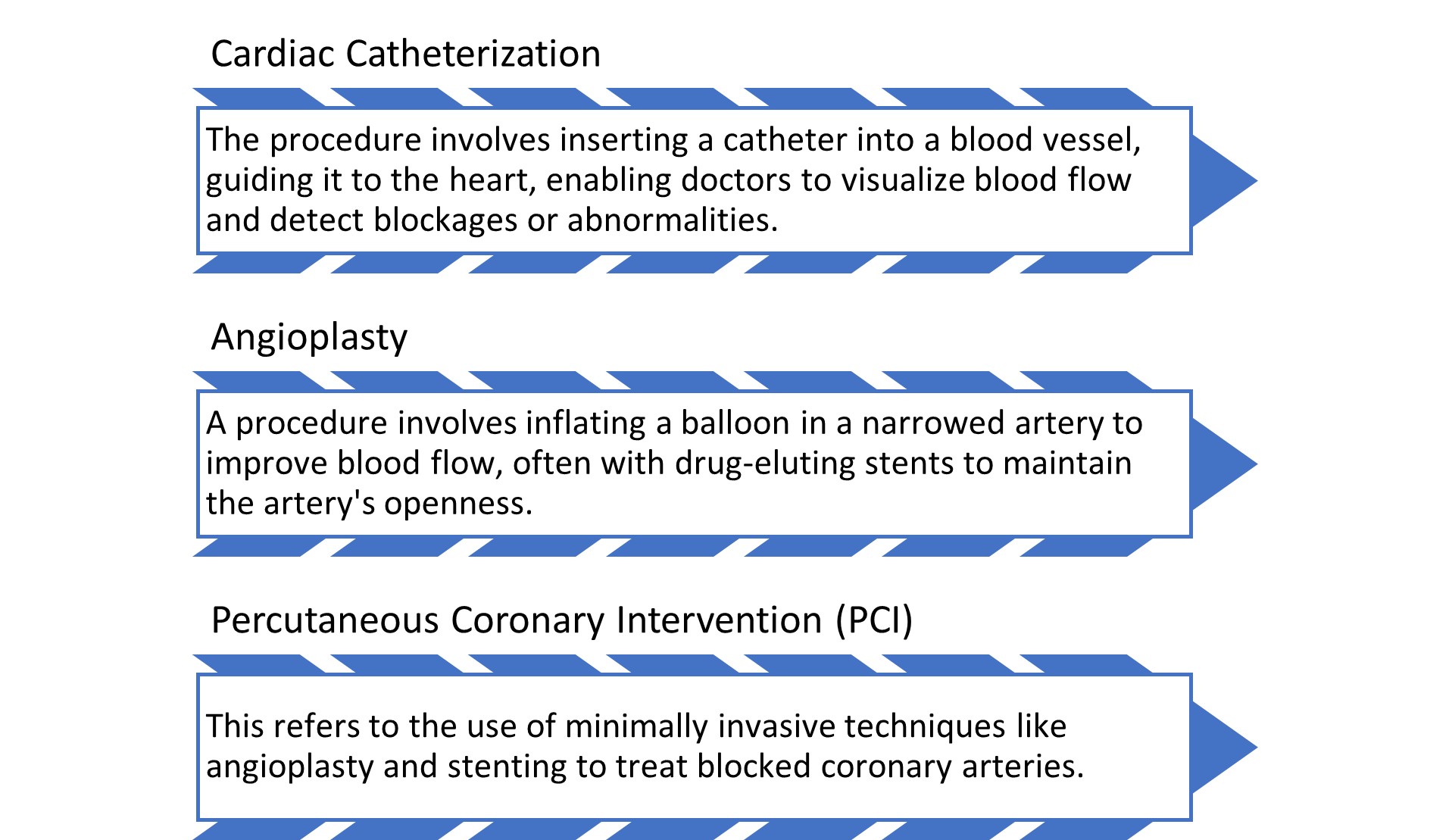
Market Dynamics
The Global Interventional Cardiology Market reached US$ 25.88 billion in 2024 and is expected to reach US$ 39.86 billion by 2033, growing at a CAGR of 4.8% during the forecast period 2025-2033.

Rising Structural Heart Disease Interventions
AI-driven imaging systems are expected to improve procedural planning, reduce complications, and optimize patient outcomes. The shift from surgical to percutaneous procedures in treating severe aortic stenosis and mitral regurgitation is expanding due to better patient selection criteria, improved procedural outcomes, and shorter recovery times. The aging population and rising prevalence of valvular heart diseases contribute to this trend. Since the first transcatheter aortic valve replacement (TAVR) device was approved in 2011, over 276,000 patients have undergone TAVR procedures.
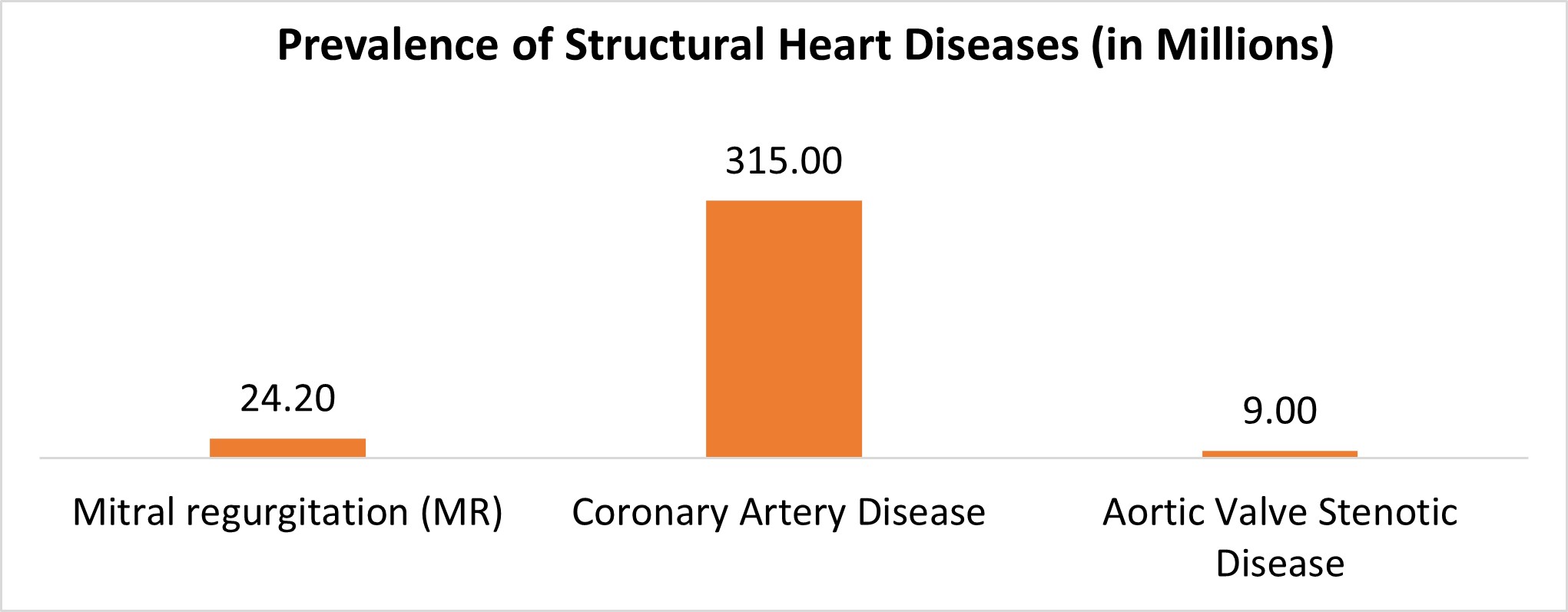
High Cost associated with the Devices
Advanced interventional cardiology devices, like drug-eluting stents and bioresorbable stents, are often unaffordable for many patients, particularly in developing regions. The cost of these devices, ranging from $1,000 to $3,000 in the U.S., can limit access to these advanced technologies for those in need.
Procedural Volume Differences Between Subspecialties
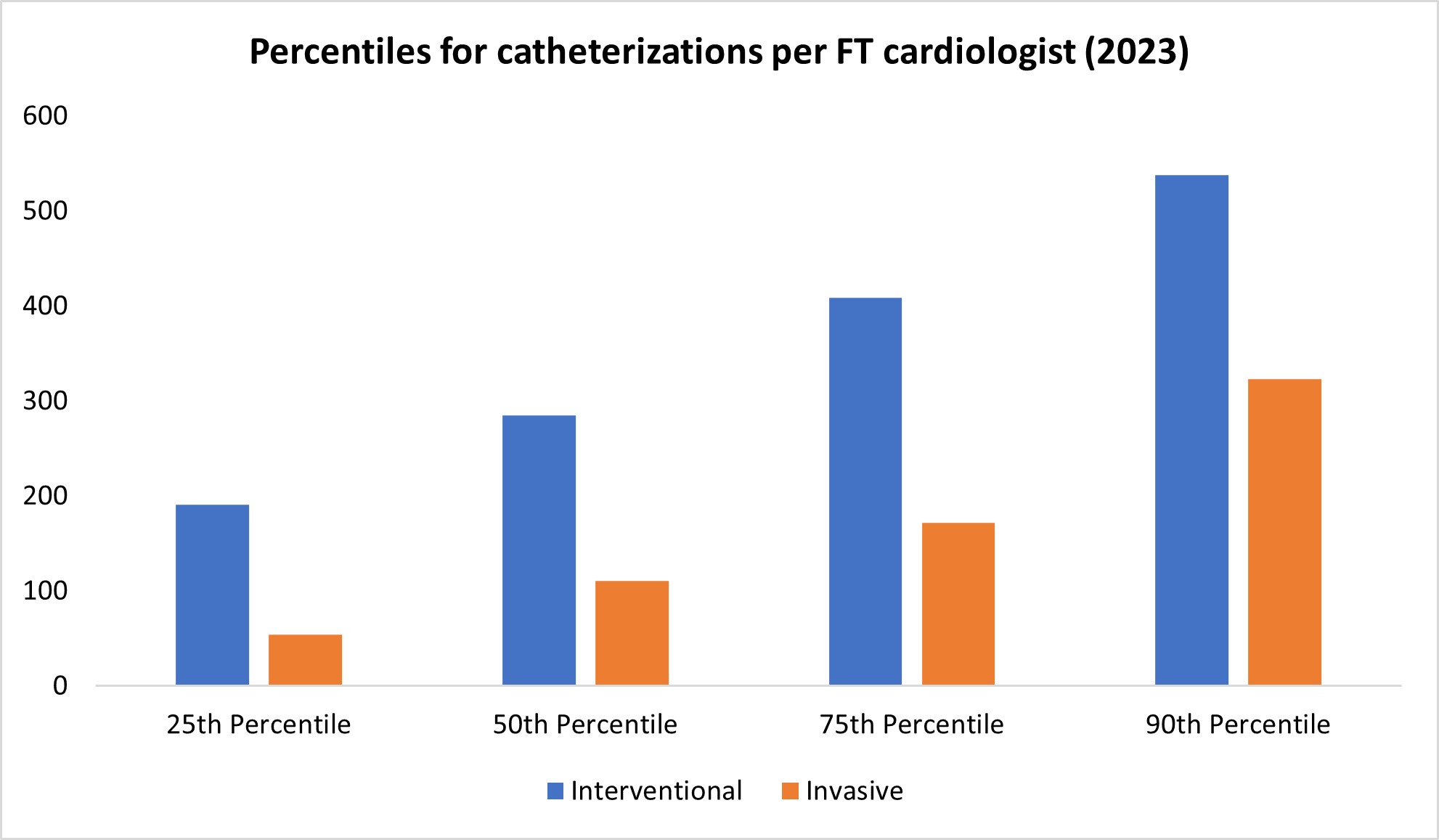
Interventional cardiologists perform more catheterizations than invasive counterparts, with median percutaneous coronary intervention (PCI) volumes per interventional cardiologist remaining steady for the fifth year in a row at just over 100 procedures per year. This highlights the significant difference between high- and low-volume operators for this procedure.
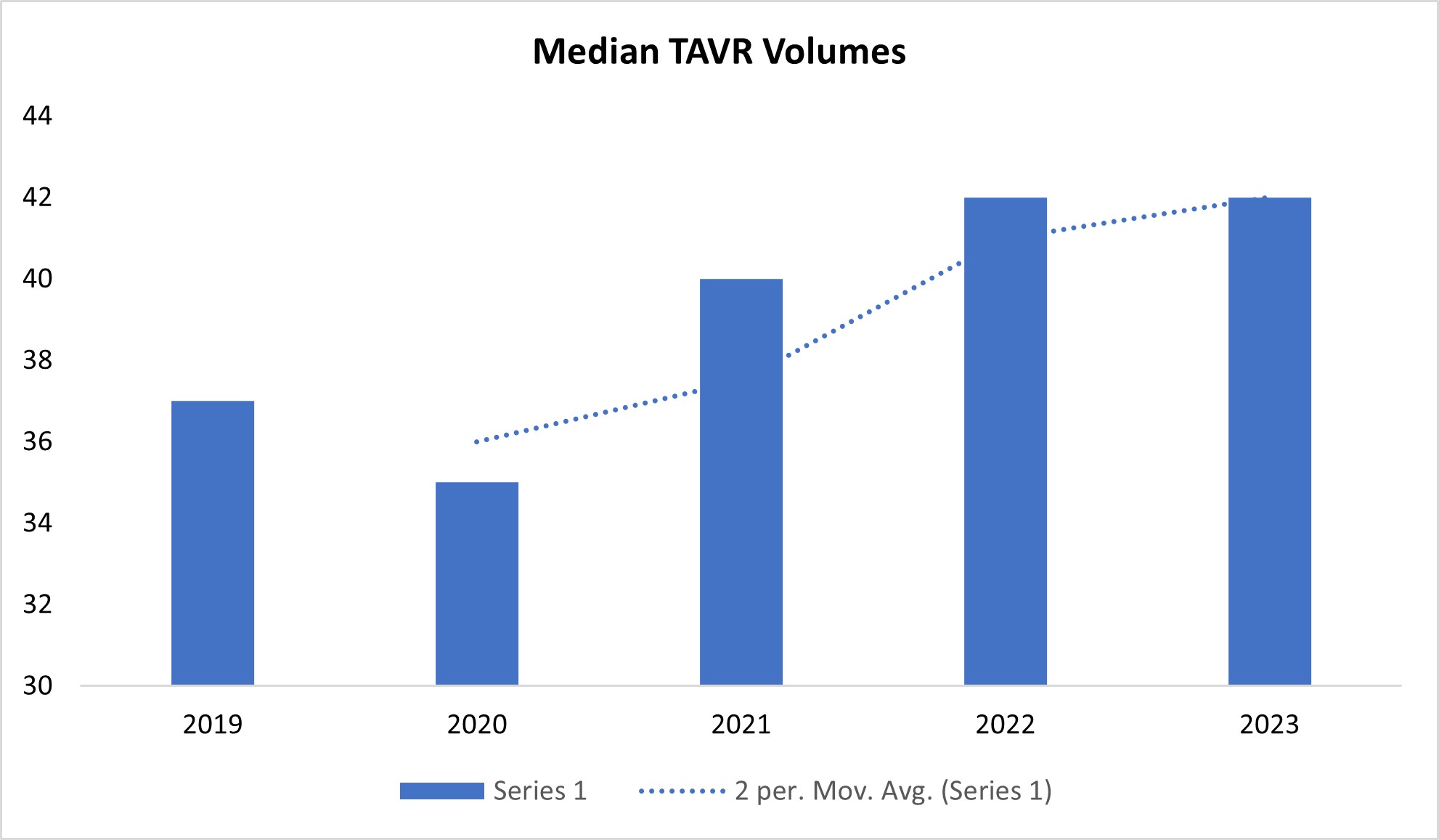
The MedAxiom team suggests that transcatheter aortic valve replacement (TAVR) may be plateauing after years of steady increases, possibly due to facility and staffing capacity issues rather than patient demand. Future years will determine if 2023 volumes have peaked or if the data represents an oddity.
A Quick Glance Power BI Dashboard on Interventional Cardiology Market (Global Data)
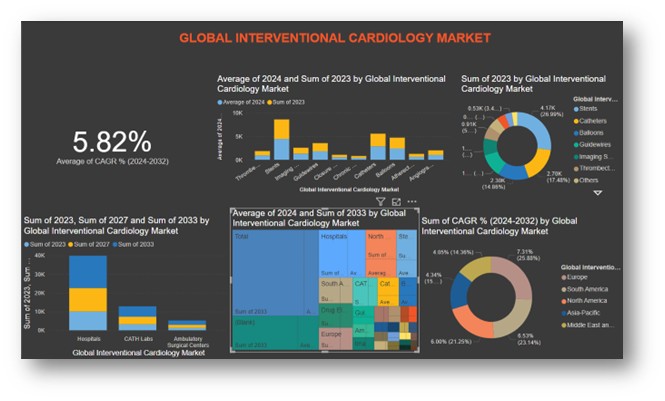
Key Market Players in the Market
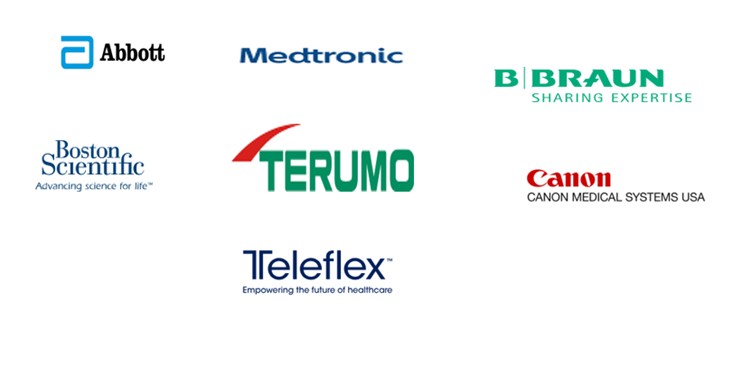
Future Era of Intervention Cardiology; 2024-2050
From 2024 to 2050, interventional cardiology will experience a new frontier with technological advancements, personalized therapy, and improved patient care. Advanced imaging AI, robotics, and genomic medicine will revolutionize the identification, treatment, and management of cardiovascular diseases, enabling interventional cardiologists to treat complex problems and improve patient outcomes.
Conclusion:
From 2024 to 2050, interventional cardiology will experience a new frontier with technological advancements, personalized therapy, and improved patient care. Advanced imaging AI, robotics, and genomic medicine will revolutionize the identification, treatment, and management of cardiovascular diseases, enabling interventional cardiologists to treat complex problems and improve patient outcomes.

